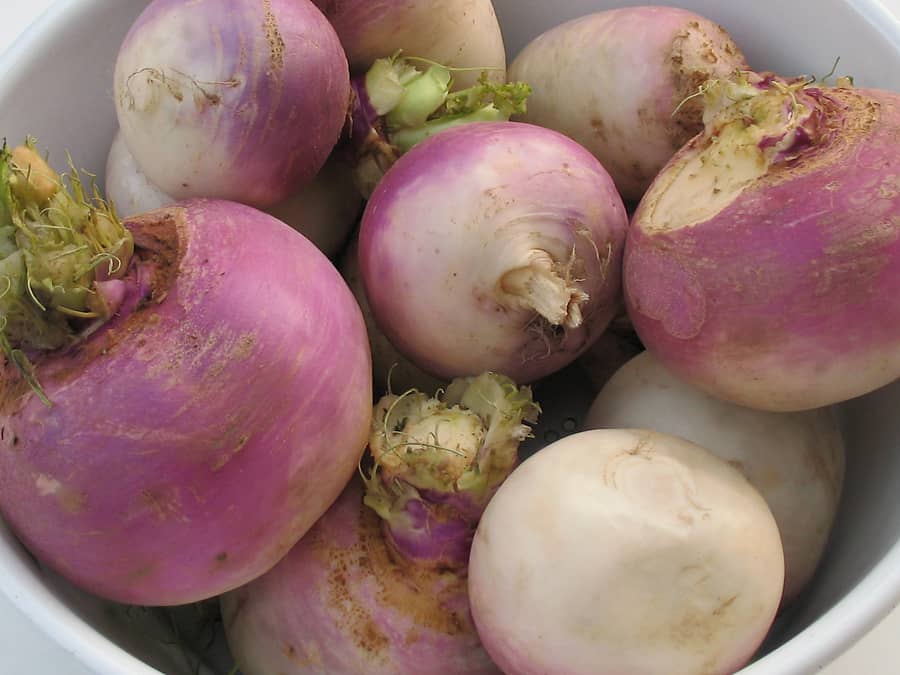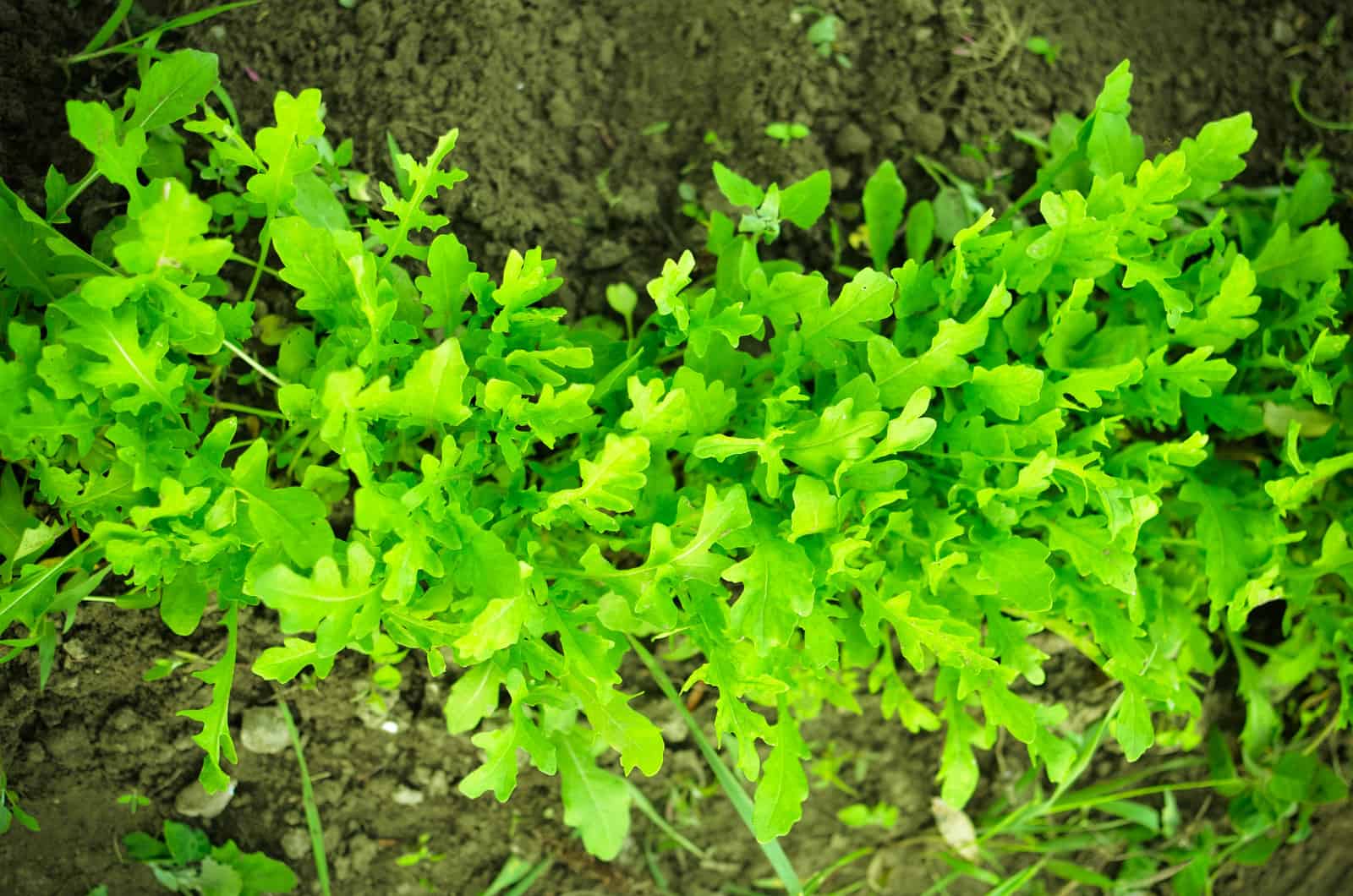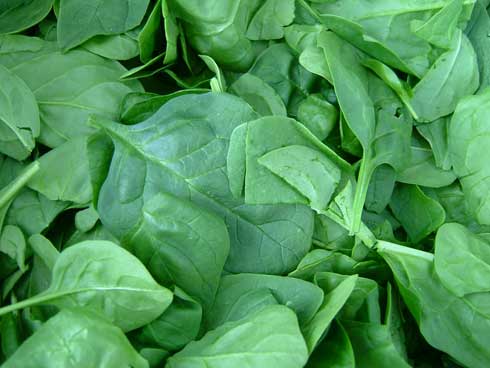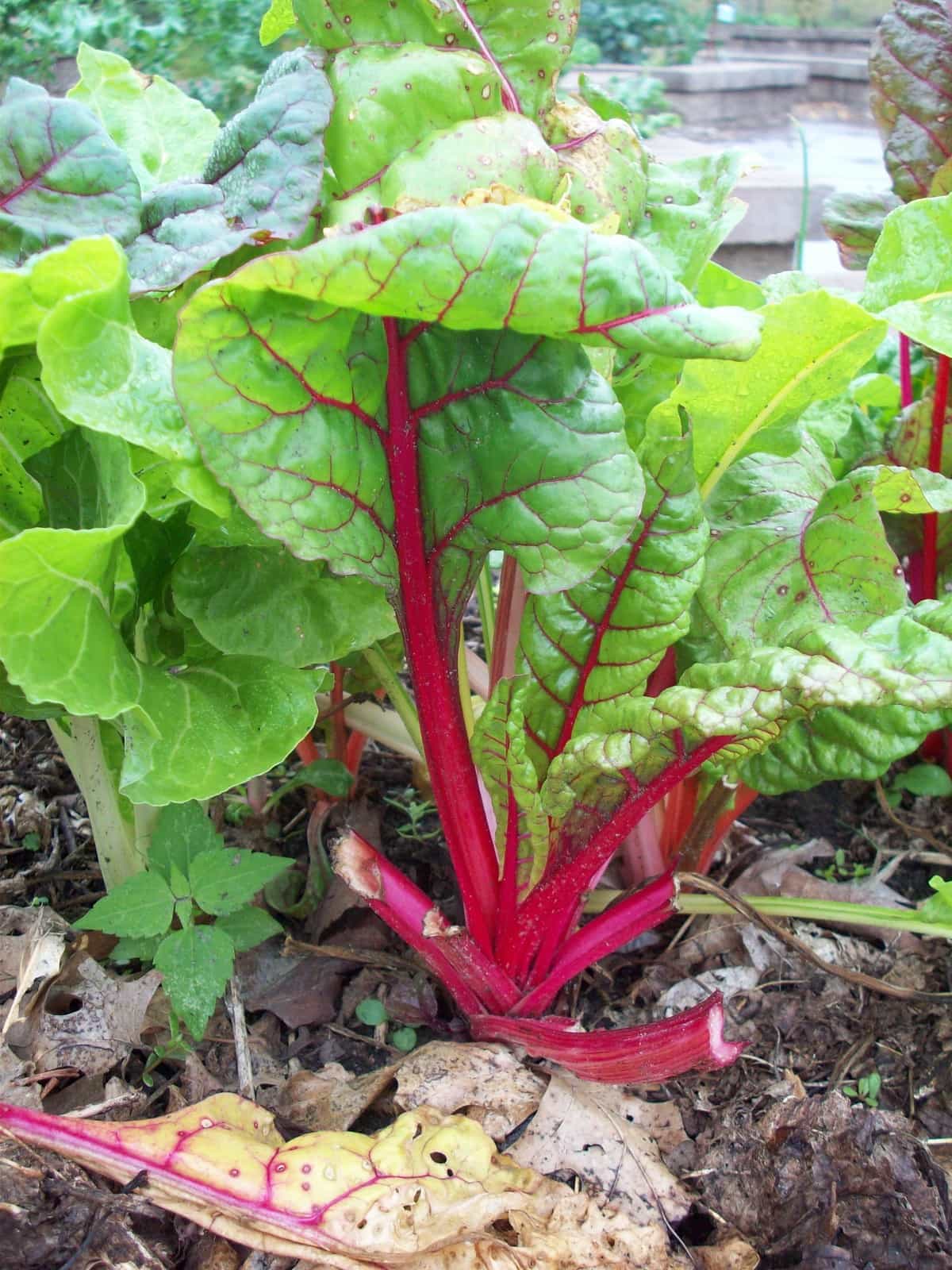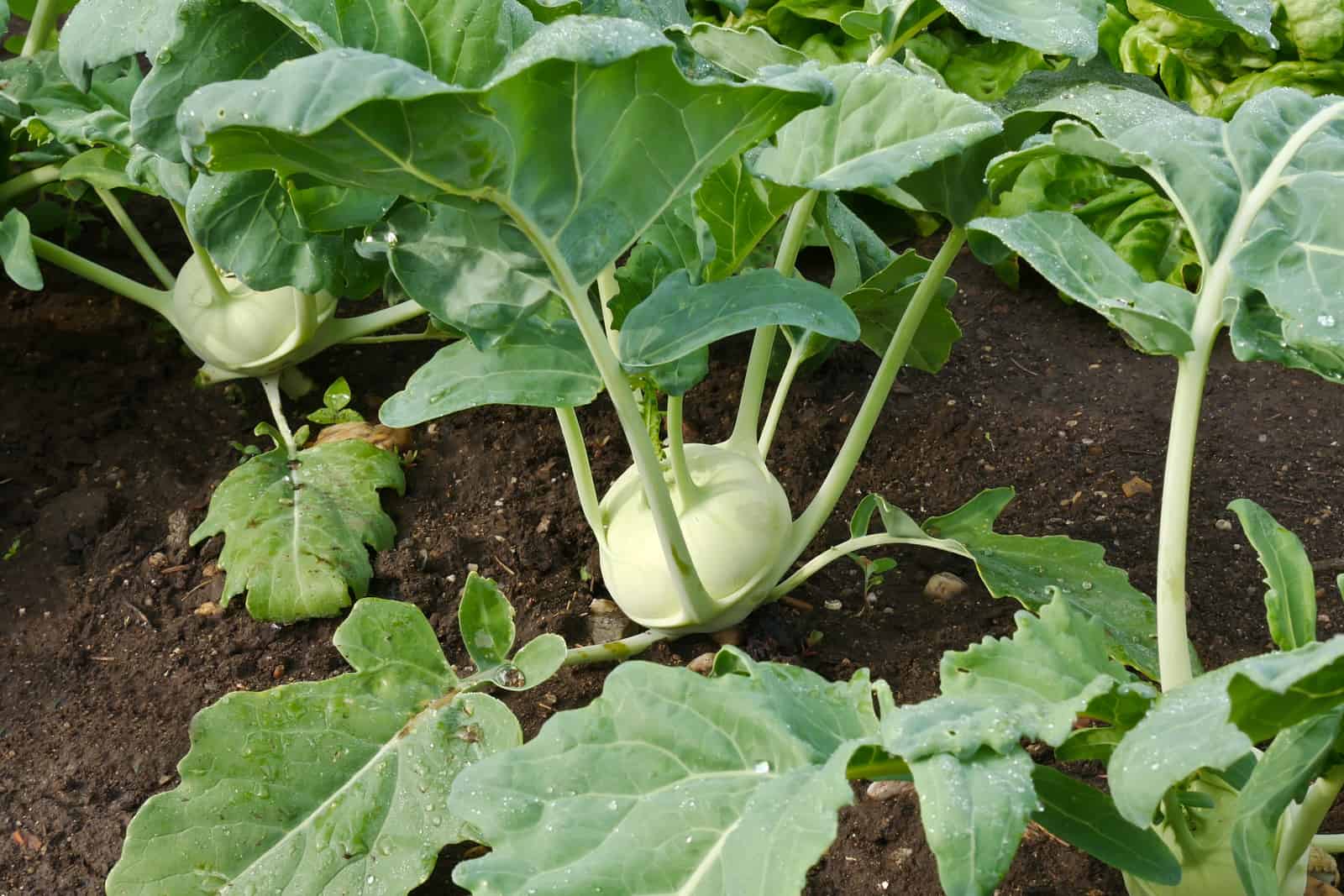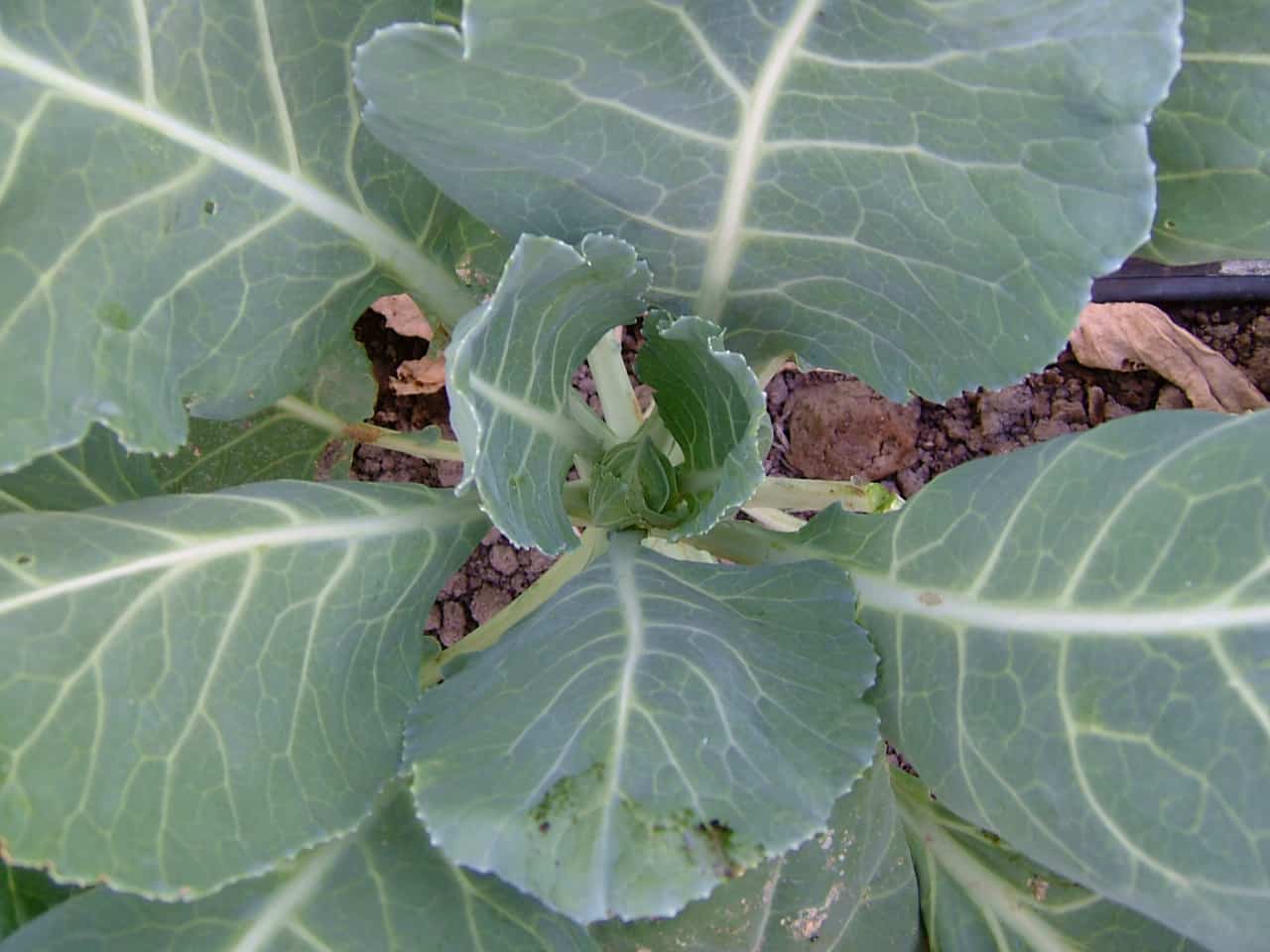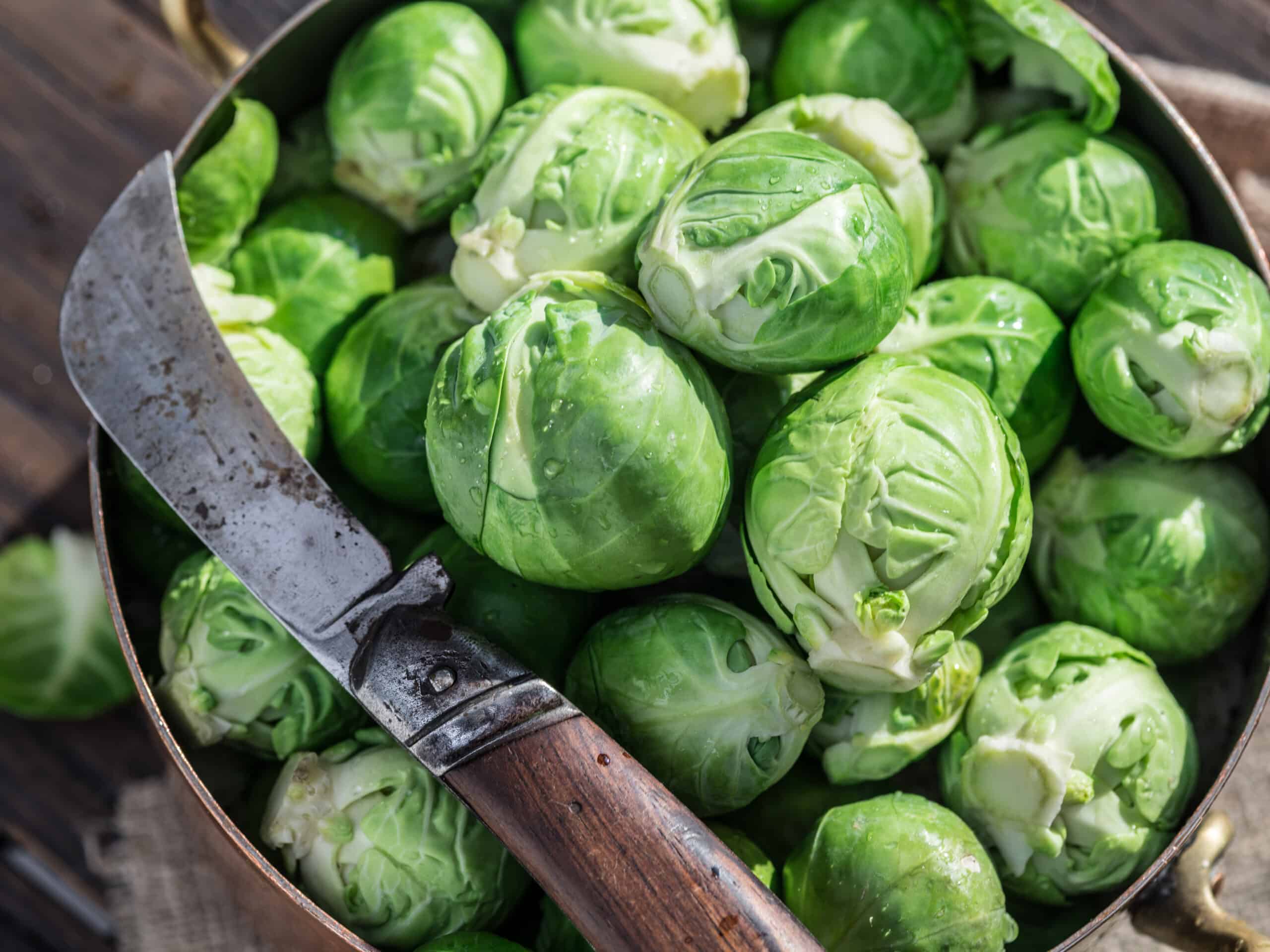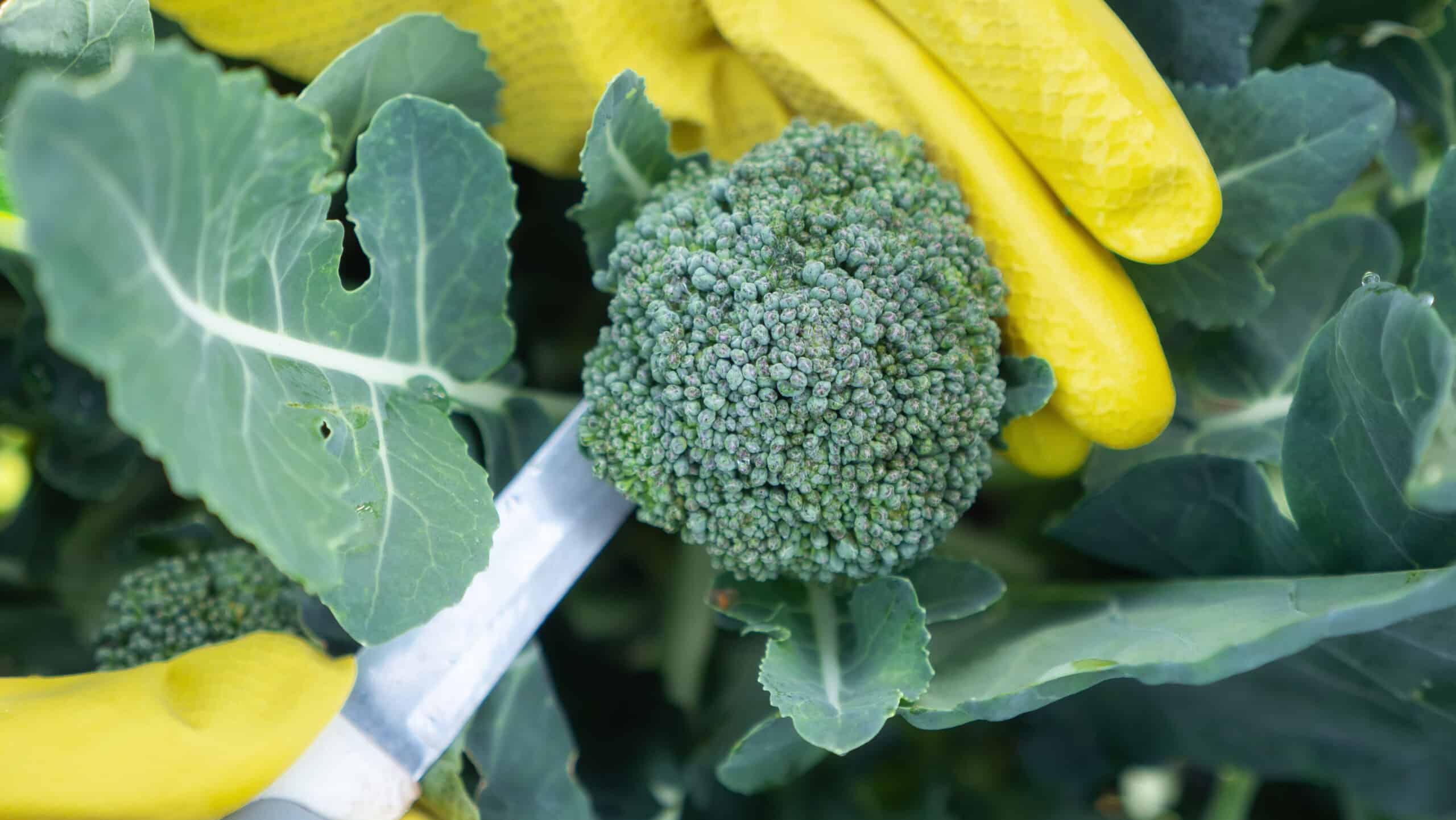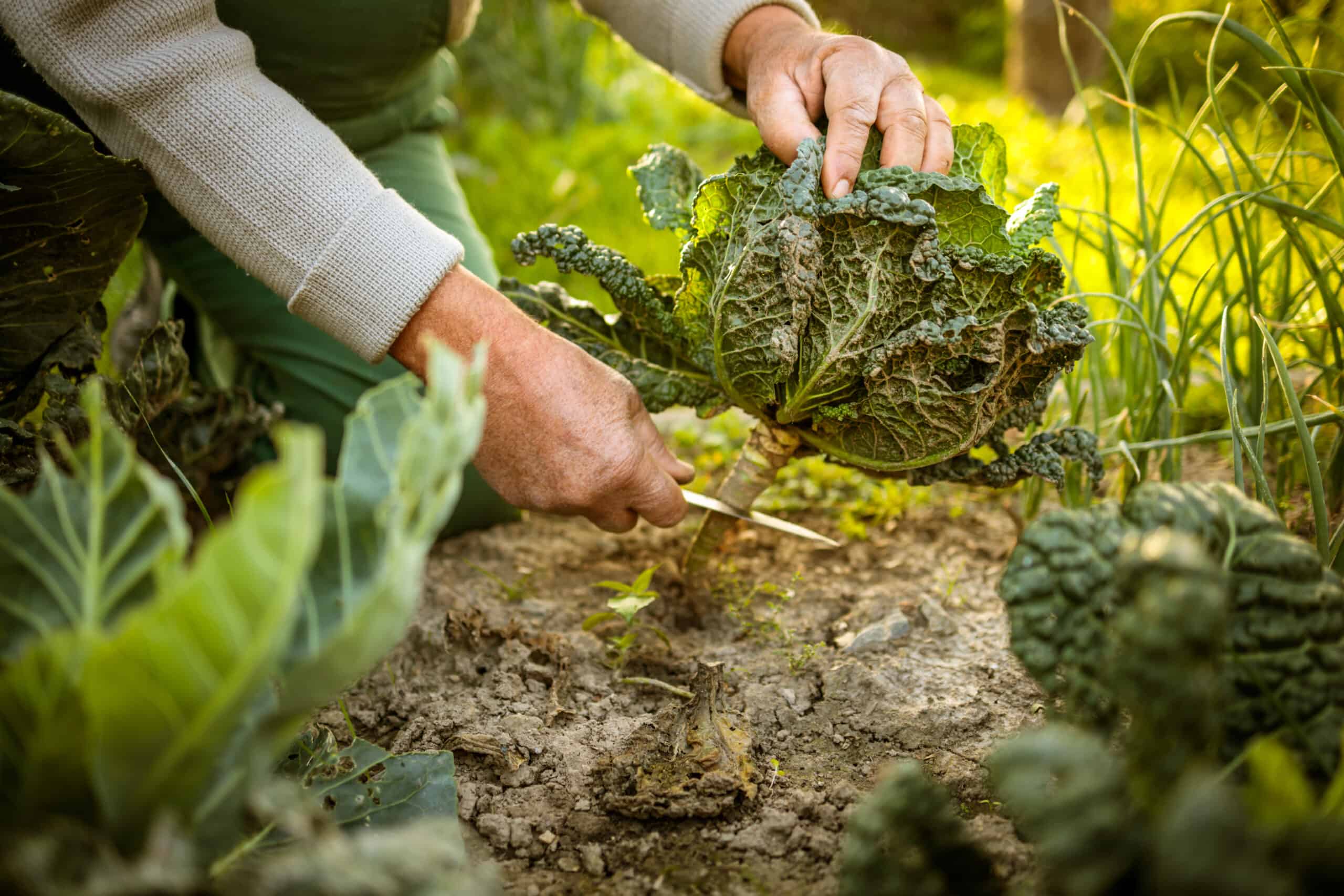Harvest and Storage
Latest stories
More stories
-
How to Harvest and Store Onions
Harvest bulb onions when they reach full size, about 90 to 100 days after sowing. Harvest the leafy tops of green onions any time after the plant has grown 6 inches tall or taller. Bulb onions—also called main crop onions–are commonly sliced or chopped and served raw in salads or on hamburgers or sandwiches or […] More
-
How to Harvest and Store Spinach
Harvest spinach when the leaves are tender and big enough to eat. Spinach is ready for picking 40 to 65 days after sowing. Harvest spinach when the leaves are large enough to eat, typically 4 to 6 weeks after planting. The best time to harvest is during the cooler part of the day to preserve […] More
-
How to Harvest and Store Swiss Chard
Harvest Swiss chard when the leaves are tender and big enough to eat. Swiss chard is ready for picking 30 days after sowing if you want baby leaves. Harvest chard 45 to 60 days after sowing if you want full-sized leaves with a thick midrib. Related articles: When to harvest Swiss Chard Kitchen Helpers from […] More
-
How to Harvest and Store Kohlrabi
Lift kohlrabi from your garden when the mid-stem bulbs swell to 2 to 3 inches in diameter. (Turnips that form bulbs below the soil are best harvested at about the same size.) Don’t let kohlrabi bulbs grow much larger or they will rapidly become woody. Lift kohlrabi bulbs gently or cut them off just above […] More
-
How to Harvest and Store Collards
Collard leaves are ready for harvest as soon as they reach usable size. They will be most tasty when picked young–less than 10 inches long and dark green. Older leaves will be tough and stringy. Collard greens are ready for harvest 75 to 85 days from transplants, and 85 to 95 days from seed. Related […] More
-
How to Harvest and Store Brussels Sprouts
Harvest Brussels sprouts when they are ½ to 1¾ inches (1-4 cm) in diameter, green, and firm. Brussels sprouts are ready for harvest 90 to 110 days after sowing. Related articles: When to harvest Brussels sprouts Kitchen Helpers from Amazon: How to harvest Brussels sprouts How to store Brussels sprouts Brussels sprouts articles at Harvest […] More
-
How to Harvest and Store Broccoli
Broccoli—planted last spring– will continue to grow until severe freezing temperatures arrive. Harvest broccoli when flower heads have formed, but while the florets are still in tight buds. Harvest the large main or top floret first. Once the main floret is cut, smaller florets develop in leaf axils or side shoots down the stem; in […] More
-
How to Harvest and Store Cauliflower
Cauliflower is ready to harvest 70 to 90 days after sowing seed. Plant cauliflower so it comes to harvest in a cool part of the year; the optimal growing temperatures for cauliflower are the mid 60°sF (15°+C). Plant cauliflower in early spring for harvest before summer heat or plant in late summer for fall harvest. […] More
-
How to Harvest and Store Cabbage
Harvest cabbage at any size after the head becomes firm and before it splits. Leave two to four wrapper leaves around the head to keep it from drying. Kitchen tips: Seven Ways to Cook Cabbage Growing tips: How to Plant and Grow Cabbage When to harvest cabbage How to harvest cabbage More tips at How […] More
-
How to Harvest and Store Beets
Harvest beets when root tops are 1 to 1½ inches in diameter but not more than 3 inches in diameter. Beets that are allowed to get much bigger than 3 inches (7 cm) across often become tough and fibrous. When to harvest beets Related articles: How to harvest beets How to store beets Beets articles […] More
-
How to Harvest and Serve Yummy Lettuce
Harvest all types of lettuce at almost any time during growth. Lettuce will be ready to harvest about 45 to 60 days after planting, longer if planted in autumn or winter. Lettuce is the main ingredient of the simple green salad and it’s the most popular of the leafy salad vegetables. There are hundreds of varieties […] More
-
How to Harvest and Store Carrots
Harvest carrots when they develop their color and the tops are 1 inch in diameter or smaller. Carrots can be lifted as soon as they are a usable size. Carrots are ready for harvest 60 to 90 days after sowing depending upon the variety; they will continue to grow and enlarge if you leave them […] More

